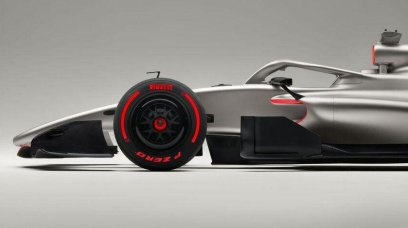Haas has revealed when it plans to run its 2024 Formula 1 car for the first time following its launch on February 11.
Although the first session of the season will be pre-season testing in Bahrain, teams are allowed 200km of running outside of official events.
Teams usually use the allowance as filming days while also conducting a shakedown of the car before the season gets underway.
Haas will take to the Silverstone track for the first time on the same day it launches its F1 car on February 11 next month to gain some initial mileage before having a second shakedown in Bahrain before pre-season testing.
“On February 11 we have a Silverstone shakedown and then two days before the official test starts, we have another shakedown in Bahrain,” newly-appointed Team Principal Ayao Komatsu said, as quoted by Motorsport.com.
“Then we go into the official testing.”
Viewed by others:
Car gains
Haas enters the upcoming year with the hope of improving on its form that saw it end last season at the bottom of the Constructors' Championship.
Its main weakness related to its race pace and the struggles it endured with the Pirelli tyres, which often saw both of its drivers slip down the running order following a strong qualifying effort.
Haas added a sizeable upgrade to its car in the latter stages of the season in the United States, however it failed to bring about immediate improvements.
Having opted to switch attention to its 2024 F1 car late in the season compared to its rivals, Komatsu was not optimistic over the team's chances at the start of the year.
“The 2024 car is a clear step,” he said. “But whether it is good enough against the competition to start off with? I don’t believe so, because we started so late.
“We changed the concept so late as well and then by actually doing the Austin update, we diverted our resources a little bit.
“So, I’m realistic about the car we put out in Bahrain, but not in a negative manner.”
Don't miss out on any of the Formula 1 action thanks to this handy 2026 F1 calendar that can be easily loaded into your smartphone or PC.
Download the calenderMost read
In this article










Join the conversation!